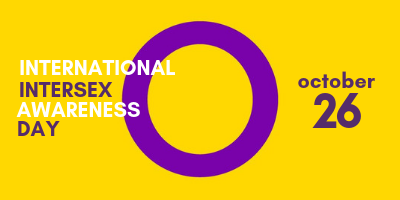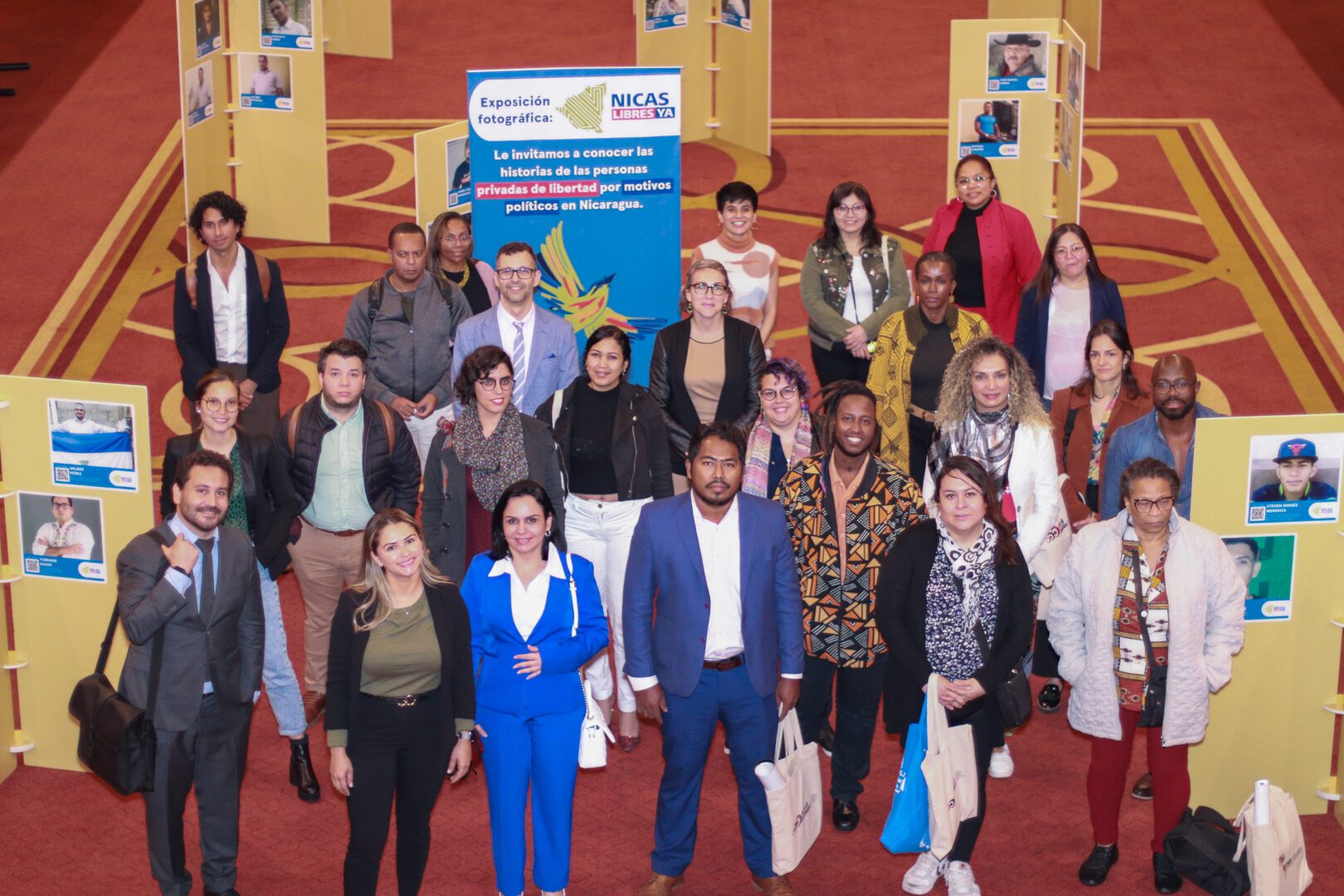October 26: International Intersex Awareness Day
Within the framework of International Intersex Awareness Day, the International Institute on Race, Equality, and Human Rights (Race & Equality) calls for an end to the discrimination, exclusion, torture, patholization, […]

Within the framework of International Intersex Awareness Day, the International Institute on Race, Equality, and Human Rights (Race & Equality) calls for an end to the discrimination, exclusion, torture, patholization, unnecessary medicalization, and ‘invisibilization’ of intersex persons and their families in the region. In this sense, Race & Equality reminds [people] that intersex persons are those whose sexual anatomy does not physically adjust to culturally-defined standards for the ‘feminine’ or ‘masculine’ body. Having said that, what does that actually mean? We set forth some questions and answers below so as to best approach this issue:
Is intersexuality the same as hermaphroditism?
No. Although in the cultural imagination hermaphroditism is associated with the figure in Greek literature that has external sexual characteristics associated with the presence of a penis, a vulva, and breasts, in fact in botany and zoology hermaphroditism refers to the reproductive capacity of a plant or animal that can even self-inseminate. When we refer to people, there is consensus in the scientific community that it is more appropriate to refer to intersexuality. Some activists, such as Mauro Cabral, prefer to refer to themselves as intersex persons, thereby lending political value to this discussion beyond medical-legal discussions.
Is intersexuality the same as transgenderism?
No. Although both concepts can converge, it is important to have a clear understanding that:
- Intersexuality is a biological characteristic that is associated with persons’ genetic and corporeal development (what we traditionally have called ‘sex’) and can be externally visible in the body of a person from the moment of his/her birth.
- Transgenderism is more associated with how a person constructs him/herself over the course of his/her life and how he/she presents him/herself to society (what we refer to as ‘gender identity’), although this process can include corporeal interventions to bring the body more into agreement with the [person’s] gender identity.
If intersexuality is biological and innate to a person, why is it necessary to have an intersex day?
- It is important to keep in mind that despite the fact that intersexuality if a biological reality, many people are not aware of this fact and by extension, of the existence of intersex persons.
- The denial of this biological reality in the educational arena (it is not taught from a young age) is also reflected in the legal sphere, which only recognizes ‘two biological sexes,’ even though the reality is much broader than that; this produces important consequences in the lives of intersex persons.
- The origin of this day dates back to 1996 when intersex activists protested in front of the Annual Meeting of the American Academy of Pediatrics in Boston against the genital mutilations and hormonal treatments performed on intersex persons at an early age without their informed consent.
Are intersex persons the victims of human rights violations?
Yes. Intersex persons have been the victims of multiple violations reflected in various spheres of their lives:
- Their existence is denied in the legal and medical arenas, given that in many countries only two sexes are legally recognized: male and female. Nonetheless, this is changing with the recognition of gender neutrality.
- As a result of the foregoing, surgical procedures are imposed on intersex persons from a very early age. Current protocols are applied to them, even though that means carrying out unnecessary surgical interventions with the intention of ‘normalizing’ their genitals, without the person first giving his/her informed consent. It should be noted that these interventions give rise to irreversible consequences in the emotional, physical, and sexual life of those individuals, including sterilization and genital mutilation, without them being medically necessary in the great majority of the cases.
- Human rights protection entities – such as the United Nations and the Inter-American Commission – have documents grave violations of intersex persons’ human rights, above all with relation to discrimination, ‘invisibilization,’ the lack of official information, medical treatments they tend to receive since birth and throughout the course of their lives, barriers to accessing their medical charts, and even difficulty with obtaining recognition of their legal status in public identity registries.
- According to the testimonies of diverse intersex persons, the nature of the interventions oftentimes gives rise to the need for multiple surgeries at different times in their lives, producing chronic pain, possible health problems, and the need to carry out extremely invasive routine procedures comparable to cruel, inhuman, and degrading treatment or torture.
For all of these reasons, Race & Equality condemns the patholization and childhood genital mutilation practices endured by some intersex persons, and calls on the States in the region to assume their international obligations without further delay to protect human rights and comprehensively recognize, guarantee, and protect, with no patholization and in consultation with intersex persons, their human rights.

